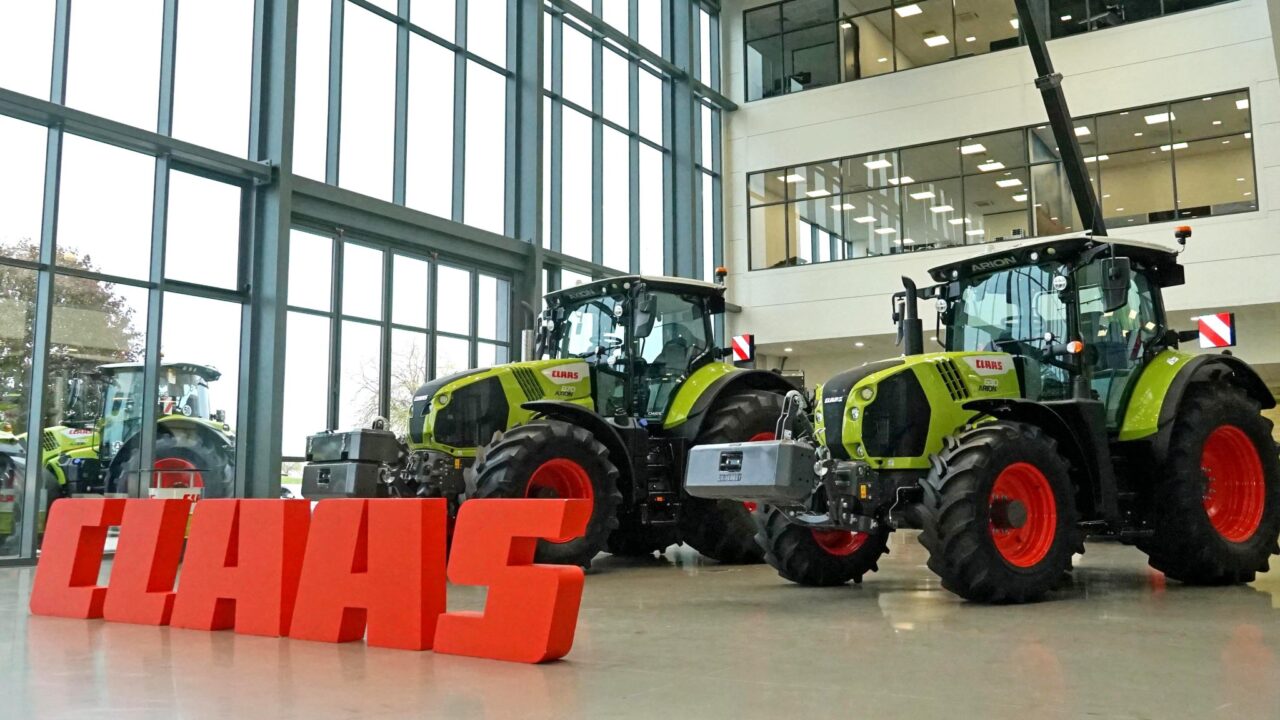Next month’s Agritechnica is looming ever larger on the horizon, and one of the last pre-show events was recently held by Claas at its UK and Ireland headquarters in Suffolk.
There we were treated to a view of Claas’s big product news, although we are not to talk about it until Agritechnica itself, where all will be revealed to the public.
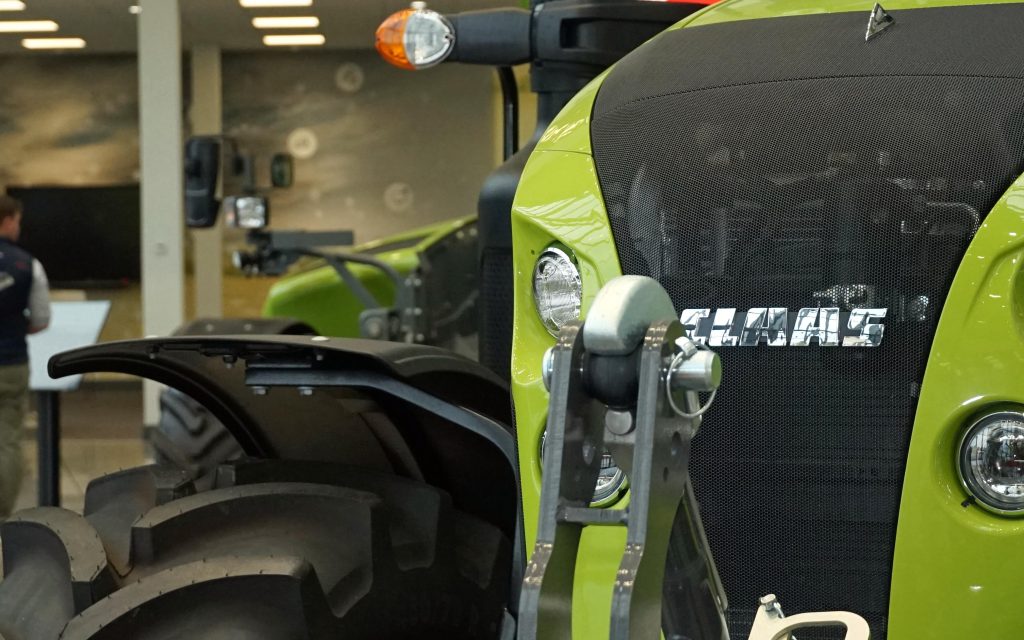
Yet what can be said is that the company believes it has passed the stage of being considered a harvester company with a tractor business on the side, and should now be viewed as a fully fledged tractor manufacturer in its own right.
Mud on the family boots
The new machines to be revealed at Agritechnica will give a firm indication of where this confidence fits in to the overall company strategy, a long-term plan that will build not only upon the present model range but also the company’s legacy.
Claas is still a family-owned company from the European continent, and one of the endearing features of such businesses is that they tend to be proud of their roots, and are happy to point to where they came from and how the family is still in charge.
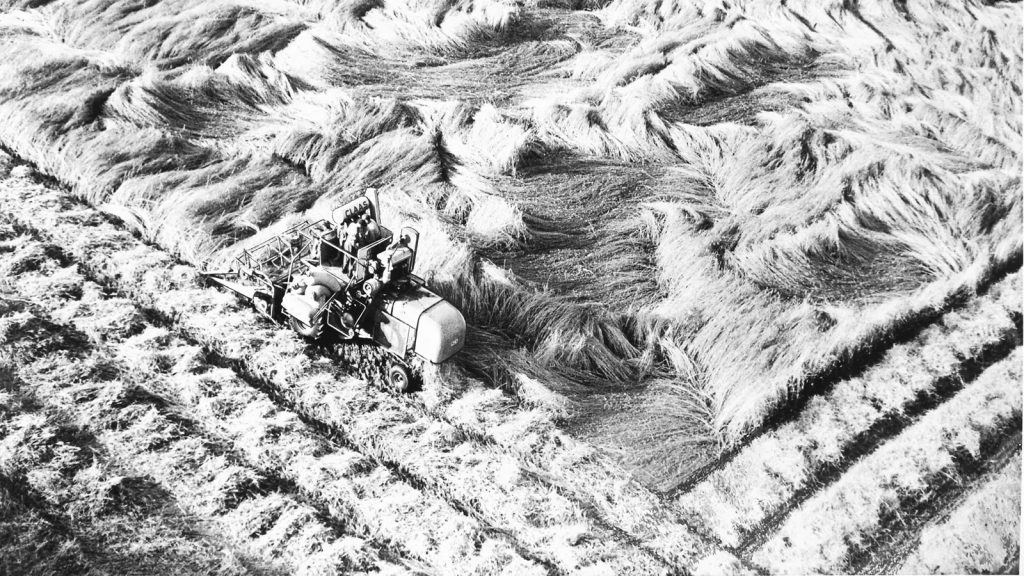
Cathrina Claas-Mühlhäuser is now at the helm of the company, and is highly involved in running its present activities and directing its future course, which includes bringing the next generation into the business.
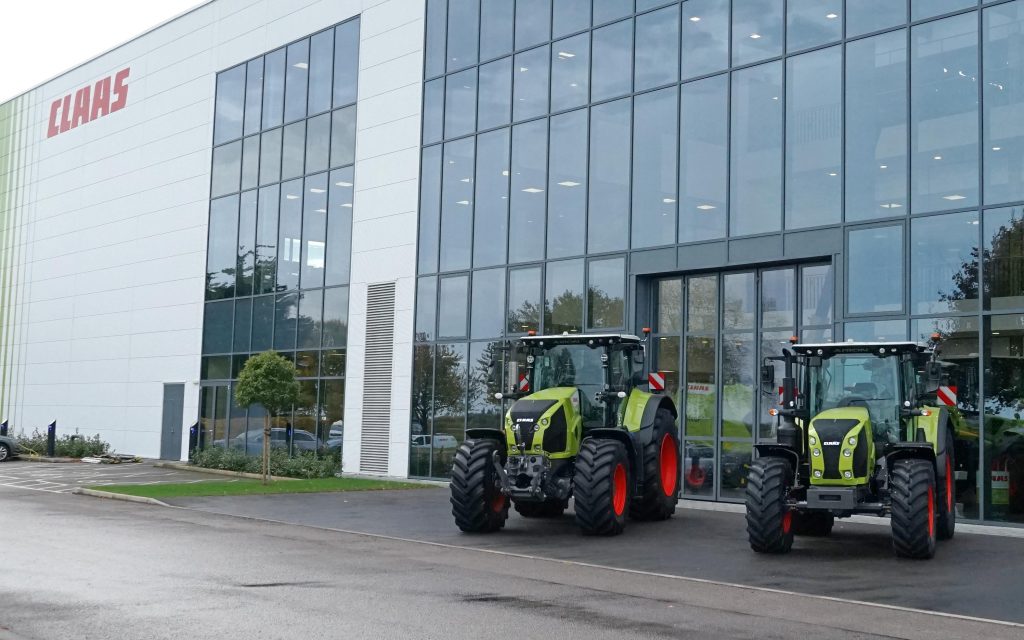
The Claas family own 5,000ac of farmland close by to Bury St Edmunds and it is here that Claas-Mühlhäuser keeps herself in touch with the challenges and rewards of everyday farming on a regular basis.
Having the family hierarchy with boots in the field plays out well in the company strategy, for it offers some assurance that the senior management of the company is in touch with practical agriculture.
Mists and fogs of the future
Yet, going forward, picking a course through the rocks and shoals of the demands likely to be placed upon agriculture may not always be so clear cut.
Claas, therefore, claims to place the emphasis on doing better what it already does, and the announcements to be made at Agritechnica, especially on the tractor side, will reflect this.

In the world of tractor development, the first 100 years or so was all about the engine and then, almost as a secondary consideration, how that power might be best applied to the ground was given some thought.
The operator’s environment, or the ease of use, was much further down the list. Anything was better than trudging along behind a horse, after all.
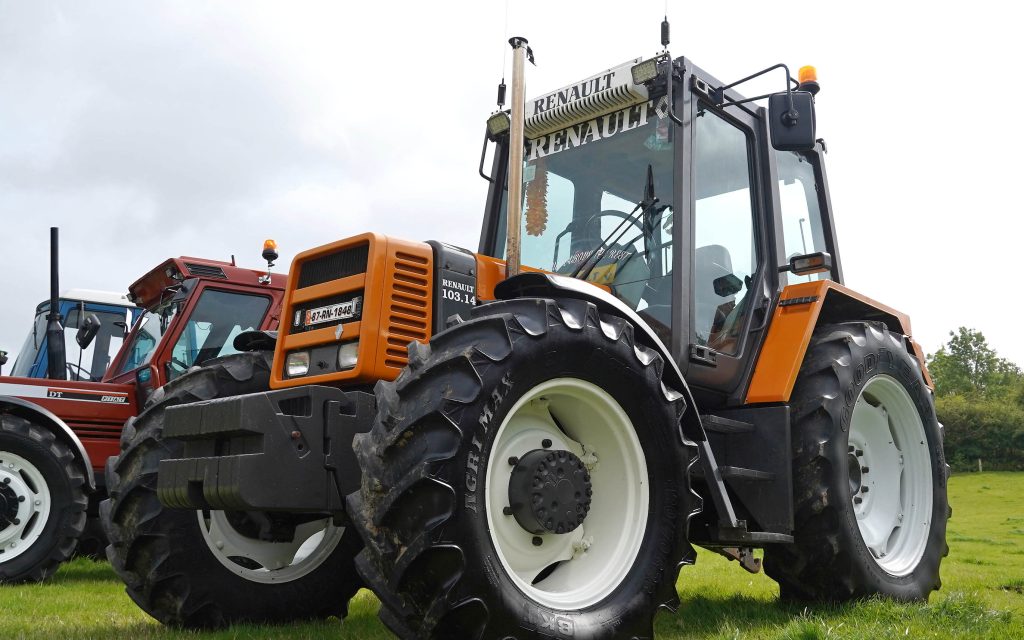
Yet that began to change as life generally became more comfortable and farming could not afford to be left behind.
Besides which, it was the actual farmer customer who would often be doing the driving and he would be as fed up of sitting in the rain and cold as his ploughman was.
Applying the power
The fact that a tractor could work all day rather than just a few hours also contributed to the need for some improvement to the farm worker’s lot.
Cabs appeared on the scene, and some were better than others, but they were little more than sheds until the legislation demanding a less injurious environment to the operator’s hearing came along.

At about this time, greater attention started being paid to traction; four-wheel drive had been considered a luxury confined to rich farmers with strong, but heavy, wheat-growing land to turn over every autumn.
Yet, as horsepower grew. so it became obvious that trying to put it through just the two rear wheels was not making the best use of it.
Indeed Renault, a company that Claas later purchased to establish its tractor division, already had a long history of working with tracks.
Shifting priorities
Starting at the turn of century, the actual power of a tractor started to take a less central role in the purchasing decision.
Of course, it was still at heart the major factor, but what else the manufacturer could offer over and beyond the raw horsepower figure became increasingly vital.
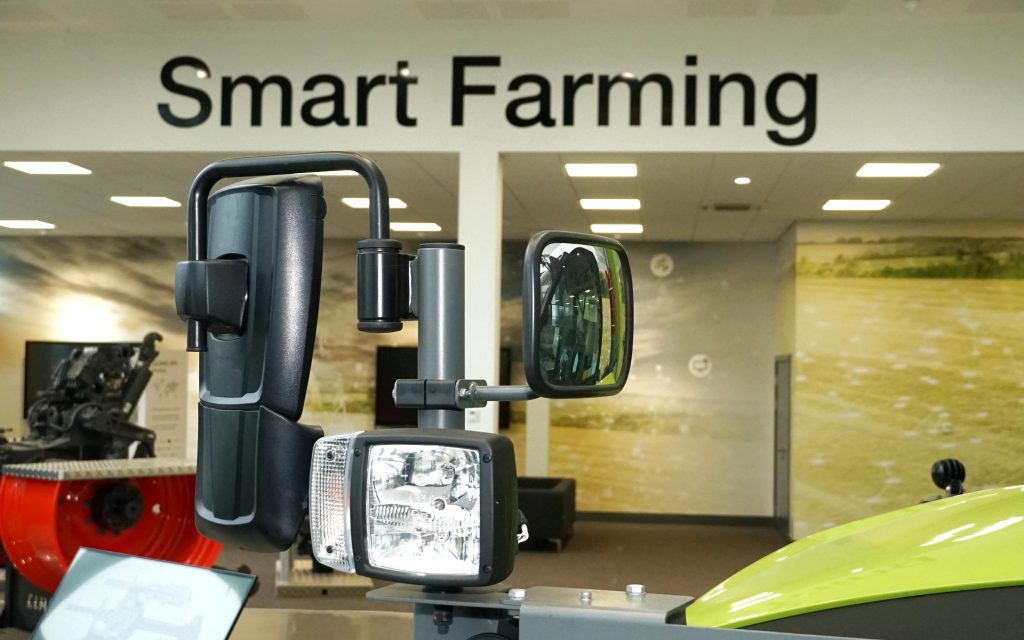
Fast forward to 2025 and Claas have taken these ideas further still.
They are probably right in doing so, for there has entered into the equation another factor that will play an increasingly important part – digitalisation.
All the mainline manufacturers have taken on board the potential of computing in making individual tractors, and tractor fleets, more efficient.
This has so far, focussed on actual field operations.
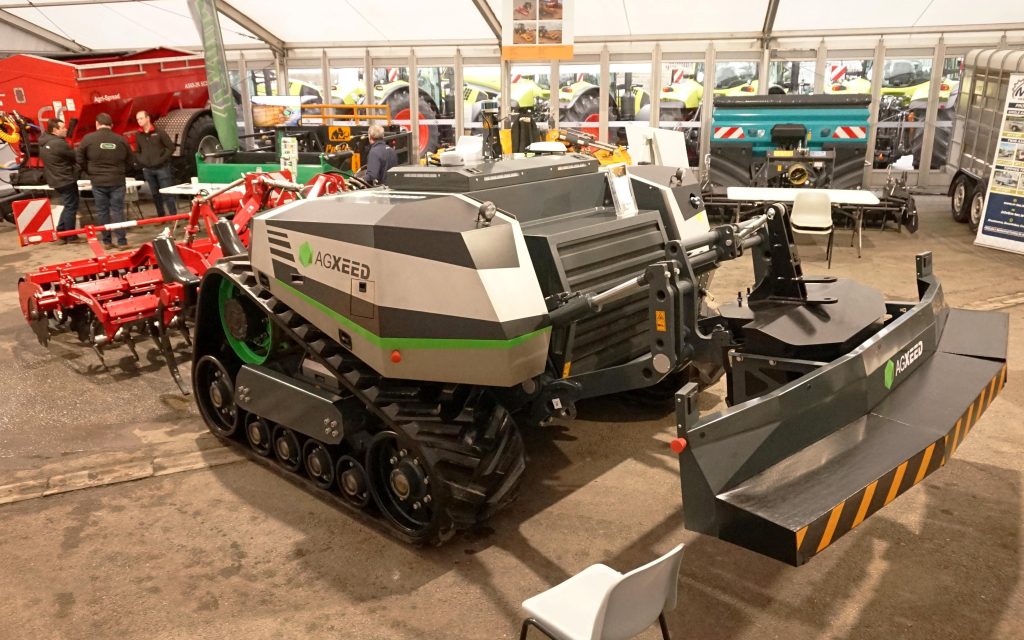
In conjunction with AgXeed, Claas has already explored the next step, and that is removing the driver from the tractor altogether, which may be seen as either replacing jobs with robots, or allowing actual humans to be deployed elsewhere in a world of staff shortages.
Whichever way it is viewed, the company feels that full tractor autonomy is not too far away and it has news on this front to share at Agritechnica alongside its new models.
Integration is the key
Although Claas has conjured up its own slogans and straplines to accompany its bold march into the future, the overall message is one of integration.
It was this term that came over as the chief refrain of the presentation. There exists already a good understanding of power, traction, and ergonomics, built up over many decades, and the relationship between the three has been further tweaked.

There is though, a new kid on the block and that is digitalisation.
It is slipping this seamlessly into the mix that Claas appears to have been focussing on to the extent that in a few years, the choice of tractor will depend on whether you want one with a driver or not.
We will not be seeing this come to market next month in Hanover, but we will be assured it is no longer just a figment of a software engineer’s imagination.
